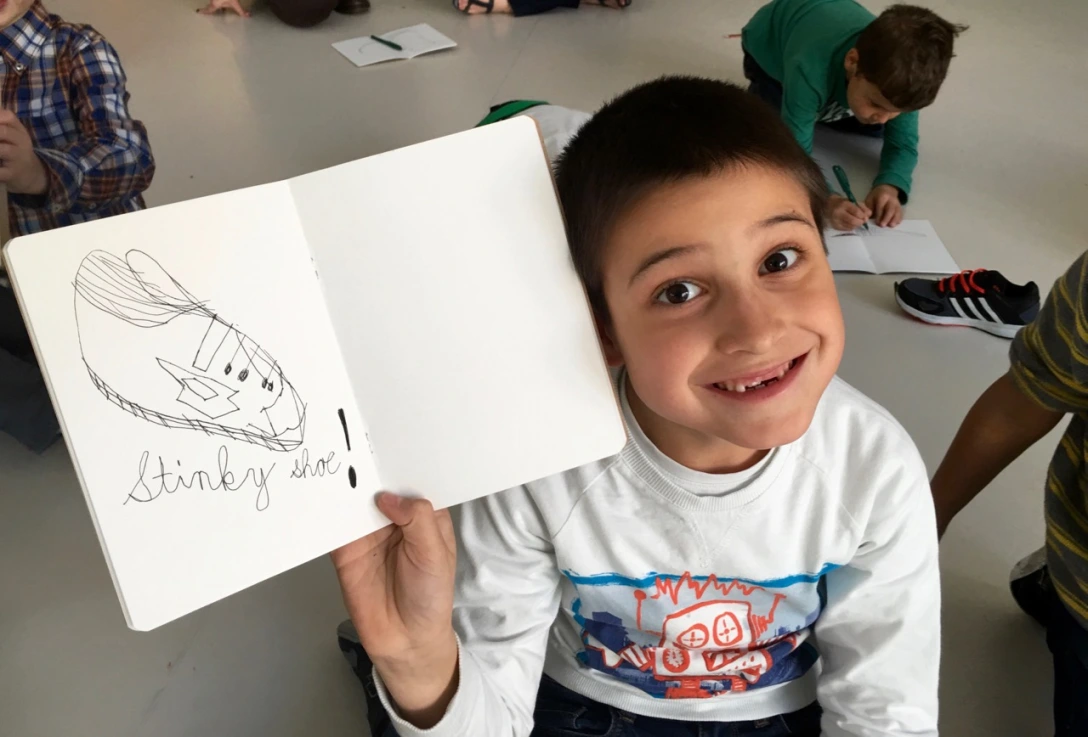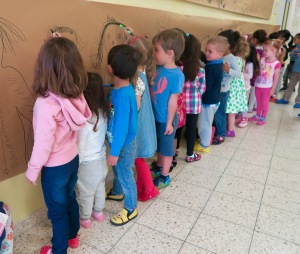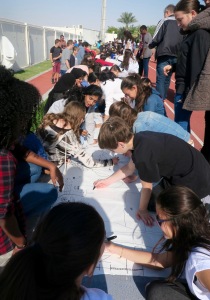Art, they say, is great for kids. Art and music programs help keep them in school, make them more committed, enhance collaboration, strengthen ties to the community and to peers, improve motor and spatial and language skills. A study by the College Board showed that students who took four years of art scored 91 points better on the SAT exams. At-risk students who take art are significantly more likely to stay in school and ultimately to get college degrees.
Awesome.
Nonetheless, arts education has been gutted in American public schools. A decade ago, the No Child Left Behind and Common Core programs prioritized science and math over other subjects. In LA County alone, 1/3 of the arts teachers were let go between 2008 and 2012 and, for half of K-5 students, art was cut all together.
After the recession of 2008, 80% of schools had their budget cut further. Arts programs were the first victims. And, predictably, lower income and minority students were the most likely to lose their art programs. Only 26.2% of African-American students have access to art classes. As the economy has improved, there is some discussion about reversing some of these cuts. But it is not enough.
I’m no expert on education but I have spent a lot of time in school art programs over the past year.
In the lower grades, kids just have fun drawing and painting. They don’t really need much encouragement or instruction. In middle school, the majority start to lose their passion for making stuff and instead learn the price of making mistakes. Art class is all too often a gut, an opportunity for adolescents to screw around. By high school, they have been divided into a handful who are ‘artsy’ and may go onto art school and a vast majority who have no interest in art at all.
In short, every child starts out with a natural interest in art which is slowly drained — until all that’s left is a handful of teens in eyeliner and black clothing whose parents worry they’ll never move out of the basement.
Here’s a modest proposal: Let’s take the “art” out of “art education.”
“Art” is not respected in this country. It’s seen as frivolity, an indulgence, a way to keep kids busy with scissors and paste. “Art” is an elitist luxury that hard-nosed bureaucrats know they can cut with impunity. And so they do, making math and science the priority to fill the ranks of future bean-counters and pencil pushers.
So I propose we get rid of art education and replace it with something that is crucial to the future of our world: creativity.
We need to all be creative in ways that we never could be before. We have so many wonderful tools that put the power of creation in our hands and we use them every day. Solving problems, using tools, collaborating, expressing our ideas clearly, being entrepreneurial and resourceful, these are the skills that will mattering the 21-century, post-corporate, labor market. Instead of being defensive about art, instead of talking about culture and self-expression, we have to focus on the power of creativity and the skills required to develop it. A great artist is also a problem solver, a presenter, an entrepreneur, a fabricator, and more.
Imagine if Creativity became a part of our core education…
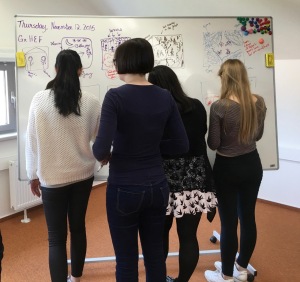
Instead of teaching kids to paint bowls of fruit with tempera, we’d show them how to communicate a concept through a sketch, how to explore the world in a sketchbook, how to generate ideas, how to solve real problems. Theatre would be all about collaboration, presentation and problem solving. Music classes would emphasize creative habit, teamwork, honing skills, composition, improvisation.
We’d teach creative process, how to come up with ideas, how to find inspiration, how to steal from the greats. We’d teach kids to work effectively with others to improve and test their ideas. We’d teach them how to realize their ideas, get them executed through a supply chain, how to present and market and share them.
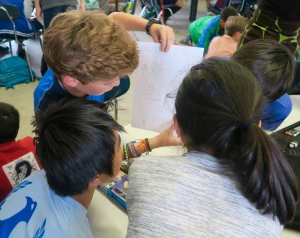
We’d also emphasize digital creativity, focussing on cutting edge (and cheap) technology, removing the artificial divide between arts and science, showing how engineering and sculpture are related, how drawing and User Experience (UX) Design are facets of the same sort of skills, how music and math mirror each other. We’d teach kids how to use Photoshop to communicate concepts, to shoot and cut videos, to design presentations, to use social media intelligently, to write clearly because it is key to survival. We’d give kids destined for minimum wage jobs a chance to be entrepreneurial, to create true economic power for themselves, by developing their creativity and seeing opportunity in a whole new way.
Yes, I know that there are high-school video classes and art computer labs, but they need to be turned into engines for creativity and usefulness, not abstract, high falutin’ artsiness based on some 1970s concepts of self-expression. Don’t make black and white films about leaves reflected in puddles, make a video to promote adoption at the local animal shelter. Don’t do laborious charcoal drawings of pop stars, generate ideas on paper. Fill 100 post-its with 100 doodles of ways to raise consciousness about the environment or income inequality or saving water. Stop making pinch pots and build a 3-D printer and turn out artificial hands for homeless amputees.
(And, by the way, if we teach kids loads of math and science but don’t encourage their creativity, they aren’t going to grow up to be great engineers and scientists and inventors and discoverers — just drones and dorks.)
Creativity is not a ghetto, not a clique, not something to be exercised alone in a garret. It’s also not a freakshow of self-indulgent divas and losers.
Creativity is about helping to solve the world’s many problems. We need to make sure that the kids of today (who will need to be the creative problem solvers of tomorrow) realize their creative potential and have the tools to use them. That matters far more than football team and standardized test scores.
What do you think?
Related Post: How to make anything


